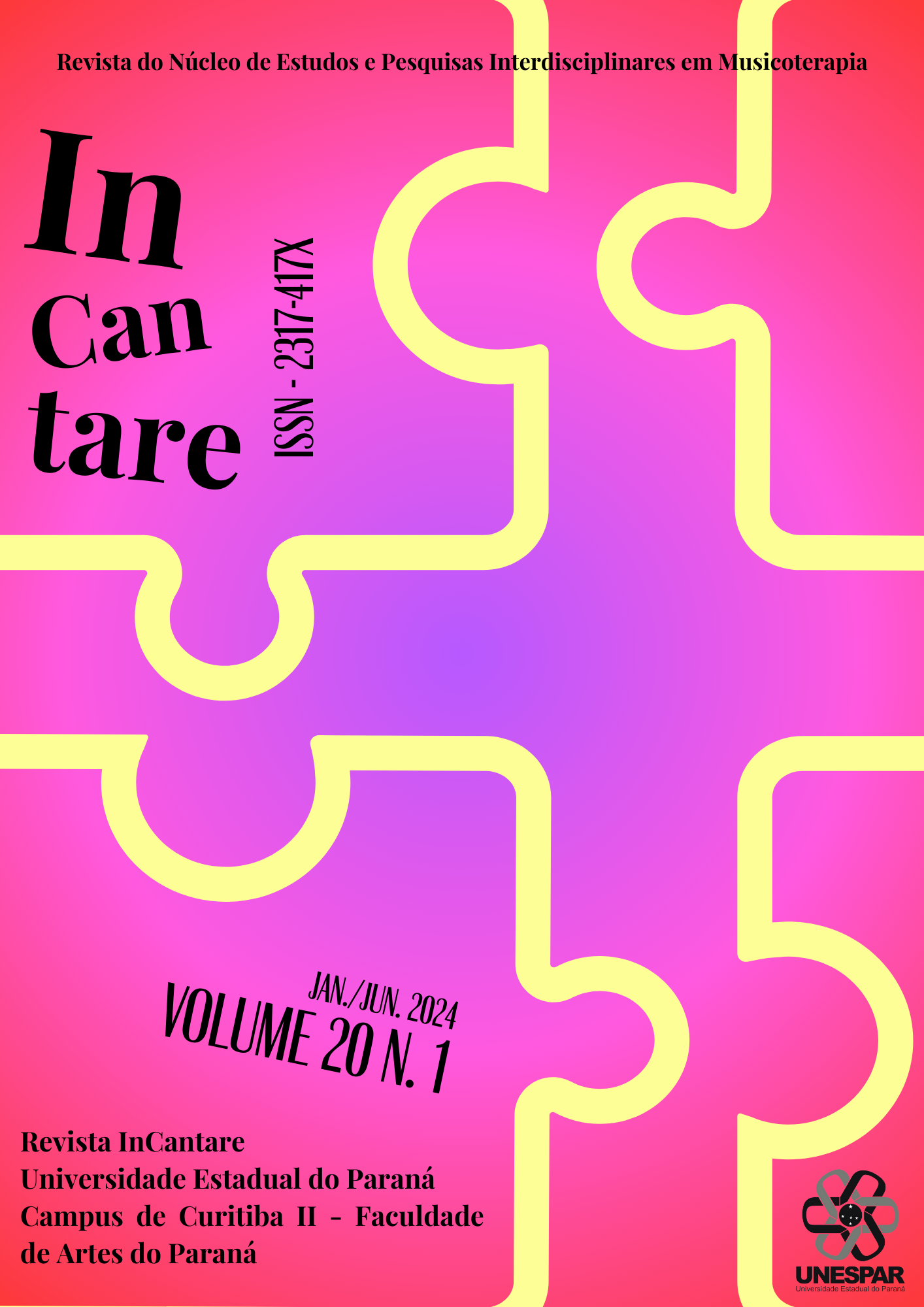Desenho universal para a aprendizagem e as tecnologias digitais de informação e comunicação
contribuições para a educação inclusiva
DOI:
https://doi.org/10.33871/2317417X.2024.20.1.9170Keywords:
Selecionado:Desenho Universal para a Aprendizagem, Tecnologias Digitais de Informação e Comunicação, Acessibilidade Curricular, Educação inclusivaAbstract
Inclusive education aims to universalize education, ensuring the right to enroll in regular education and the equalization of learning opportunities for all students. Based on this premise, the education of students with disabilities raises concerns about offering education that respects individualities and contributes to the appropriation of knowledge. Therefore, how can we develop inclusive pedagogical practices that favor the teaching and learning process of as many students as possible? This study aims to identify the contributions of Universal Design for Learning (DUA) and the use of Digital Information and Communication Technologies (TDICs) as enhancers in the schooling process of all students, aiming to provide curricular accessibility and the inclusion of students with disabilities in the educational context. This is a qualitative, bibliographical study, with theoretical input from authors such as Nunes and Madureira (2015), Moran (2012), Zerbato and Mendes (2018), Böck (2019), Prais (2020), Cenci and Bastos (2022), Bassani and Magnus (2021), Oliveira e Silva (2022), Mendoza and Gonçalves (2023), among others. We found that the DUA's educational approach, combined with the use of TDICs in the teaching and learning process, allows access to the curriculum, identification and removal of barriers that limit learning, helping in the planning and use of diversified pedagogical strategies that are accessible to everyone the students, contributing to inclusive education.Downloads
Download data is not yet available.
Downloads
Published
2024-09-03
How to Cite
Schwartz da Silva, E., Daiana Aparecida Teles Vieira de Lima, D. ., & Salete de Camargo Silva, S. (2024). Desenho universal para a aprendizagem e as tecnologias digitais de informação e comunicação: contribuições para a educação inclusiva. InCantare, 20(1), 1–13. https://doi.org/10.33871/2317417X.2024.20.1.9170
Issue
Section
Artigos
License
Copyright (c) 2024 InCantare

This work is licensed under a Creative Commons Attribution 4.0 International License.
A Revista InCantare adota acesso aberto e o copyright dos artigos e da entrevista pertence aos respectivos autores/entrevistados com cessão de direitos para a Revista InCantare no que diz respeito à inclusão do material publicado (revisado por pares/postprint) em sistemas/ferramentas de indexação, agregadores ou curadores de conteúdo.
Os artigos publicados por esta Revista são de livre uso para compartilhar. É preciso dar o crédito apropriado, prover um link para a licença e indicar se mudanças foram realizadas.
A Revista InCantare não cobra qualquer tipo de taxa para submissão e/ou publicação de artigos.










